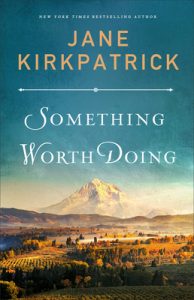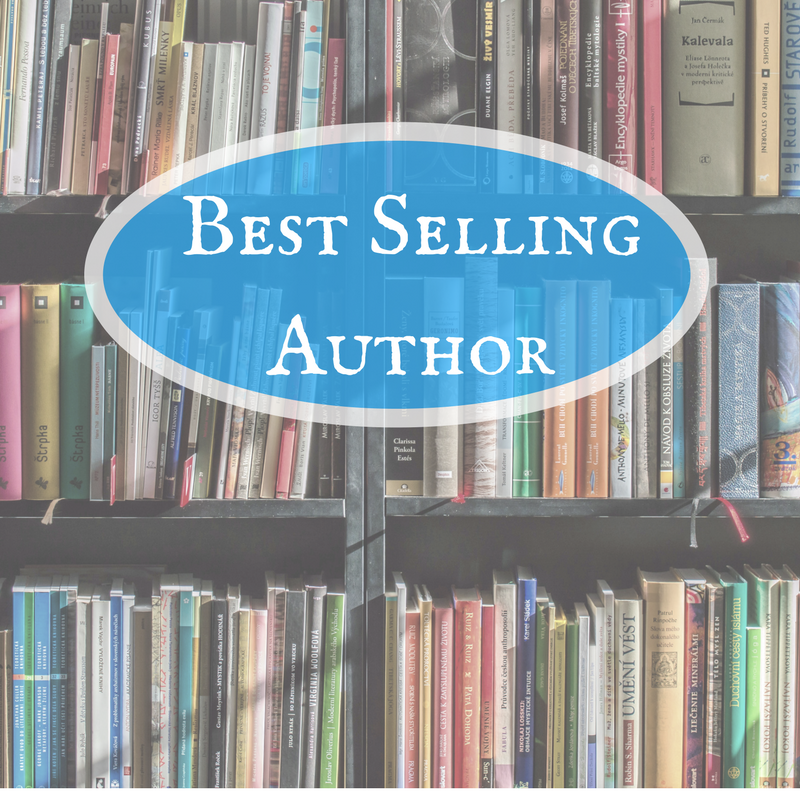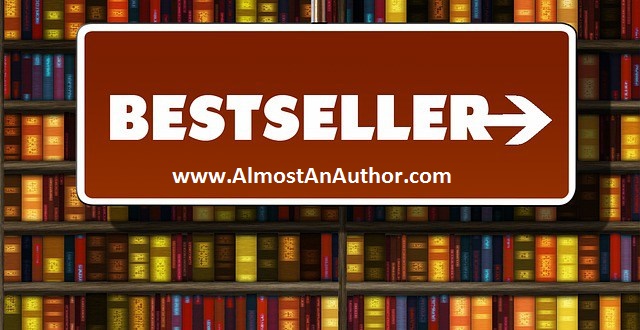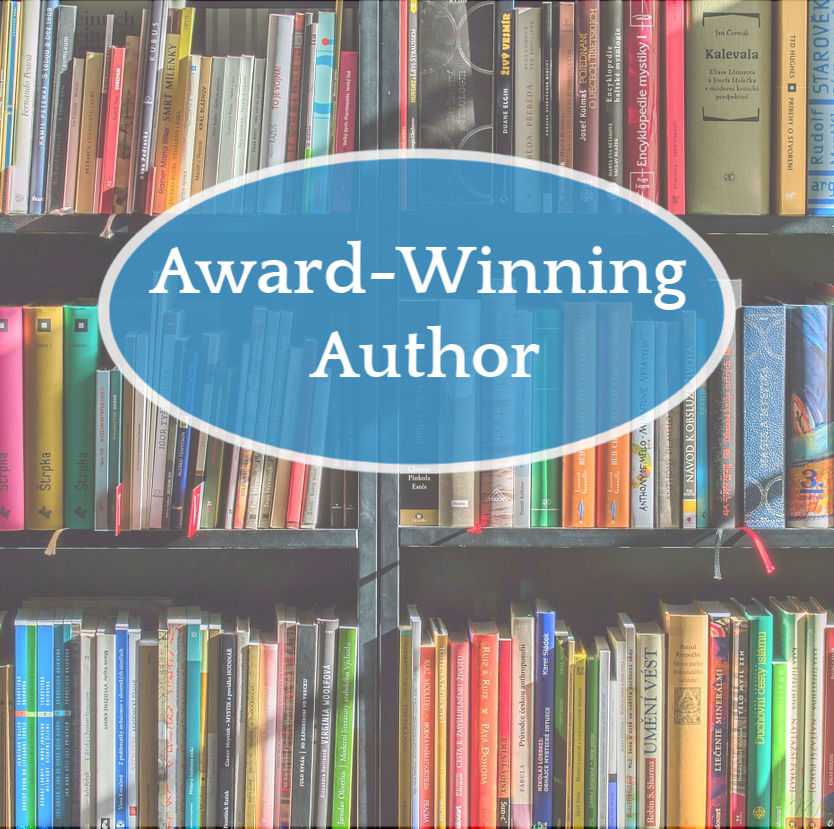Can you share a little about your recent book? (Releasing in September 2020)
Like most of my historical novels, Something Worth Doing is based on the life of a real woman, Abigail Scott Duniway. She was an early reformer as well as a wife, mother of 6, businesswoman, teacher, wrote 22 novels, was a public speaker and owner of a newspaper for 16 years, all in the 1800s when women were to be seen and not heard. Oh, and she was a suffragist for 40 years working on behalf of women’s rights. a remarkable woman who is a metaphor for endurance.

Why do you write? Do you have a theme, message, or goal for your books?
I’ve been intrigued by stories of historical women whose stories are often forgotten. Virginia Woolf wrote that “women’s history must be invented…both uncovered and made up” and that’s why I moved from non-fiction or biography to fiction. My stories don’t have to have a happy ending, but I want them to have a hopeful ending. I’m asking a reader to choose time to read it when they might be doing something else, so I want to be respectful of their time and engagement in the story. Most of all, I’m answering a question that the story has posed, and it won’t let me go until I answer it. For example, when I visited an Oregon state park that a man had created for his wife in the 1800s I wondered why there was no mention of her there — except that it had been his gift. It was a mansion, formal gardens, on the Oregon coast, an incredible landscape. I kept asking “what kind of woman would inspire this and why doesn’t anyone talk about her?” That became A Gathering of Finches written in 1997 and still in print and has been adapted for the stage.
How long have you been writing?
I wrote “wretched little poems” when I was very young and always loved words and their sounds. My teachers said kind things about my writing through the years. But it wasn’t until I left my job as a mental health clinic director in 1982 and moved with my husband to a remote ranch (I called it rattlesnake and rock ranch) that I began to write for others to read. I took a creative writing class at the local community college and had magazine articles published before we moved. My first published book was a memoir in 1991 about that journey to the end of the world. The first novel came out in 1995 and there have been one or two books each year since then.
And how long did it take you to get your first major book contract? Or are you published non-traditionally? How did that come about?
My books are traditionally published though when a non-fiction grief book went out-of-print, I did self-publish a new production of A Simple Gift of Comfort. My first book, a memoir Homestead, was sold by a proposal. I read a book about how to write a proposal and proceeded to treat it like a college term paper. It was 75 pages long! I don’t recommend that, but it included some of the essays I’d had published in regional magazines. I read dozens of memoir and read the acknowledgments and when I found one I particularly liked (A Walk Across America by Peter Jenkins) I sent my fat proposal to their publishers unsolicited. Also not recommended but this was 1988. After about a year they called and said they were interested, and the rest is history. The novels were also all written by proposal and I ended up signing contracts for them, usually three books at a time to come out yearly so I always had a deadline. The good news was I had convinced someone besides my mom that this was a great story. The bad news is that I never know if I can write it!
Which of your books is your favorite?
The one I’m working on now.
Do you have a favorite character or scene in one of your books?
I have always liked the opening sentence of my first novel A Sweetness to the Soul because I know where I was when I wrote it and didn’t imagine it would be the opening to a story. I was sitting on a hillside watching our alfalfa field become flooded. It went from all green with little pools of water to all water with little pools of green. Here’s the sentence: “Like the slow rising of the river after an early snowmelt in the mountains, he seeped into my life, unhurried, almost without notice until the strength and breadth of him covered everything that had once been familiar, made it different, new over old.” It introduces the narrator of this story and speaks of change in our lives and how it can happen so slowly we barely notice the enormous change that results.
How long does it take you to write a book?
A lifetime really. Each of the stories began somewhere in my own experience even though I’m writing about another woman from the past. But specifically, I block out June, July and August to write 8-10 hours a day, five-six days a week for a book due September 1. Then I begin researching the book that will be due the following year in September and I’m also promoting the book that has just come out in September. So, while I’m promoting, I’m researching, and working on queries from my editor for that book I just turned in and doing what I call “the work before the work.”
What’s your writing work schedule like?
See above. That’s kind of a picture given the schedule of when manuscripts are due and when they are published. For three months a year, I am getting up at 4 or 5 in the morning, taking a break around 8 for breakfast, returning and writing until noon then back at it until 4 or 5 pm. In the evening, I’m researching, checking on timelines etc. When I worked full time, which I did for most of the first 20 books, I wrote for two hours in the morning from 5-7 am every day. You can get a lot of work done in two hours.
Do you have an interesting writing quirk? If so, what is it?
Hmmm. I suppose the early morning thing. As I get closer and closer to finishing I get up earlier and earlier so sometimes I’m writing at 1:00 am after having gone to bed at 10:00 pm. I also answer three questions (from Structuring Your Novel by Roberts and Fitzgerald) before I start writing. What’s this story about? What do you feel deeply about? How do you hope a reader will be changed by reading this story?” I might write many pages to answer them, but I get it down to one sentence each that I put on top of my computer screen in tiny font. So, when I get lost in the writing, wonder why I’m doing this, and who will care I look up there and get inspired. The other note I have up there is from Anne Lamont: “You don’t have time for that.”
What has been your greatest joy(s) in your writing career?
Being part of a panel with two authors I so admire and both National Book Award winners, Barry Lopez and Ivan Doig. It was at a Pacific Northwest Booksellers Association trade show and we were asked questions about writing and life. The other moments of joy have come from readers who have written about how the books have touched their lives. After 9/11 I had a signing which was a scary time for people. I didn’t expect a crowd, but we had close to 100. The last woman in line told me she had wondered what she could do for a Pakistani family who had not come out of their house since the tragedy. She told me she asked herself what she thought my characters would have done and then she baked bread and took it to them and broke bread with these neighbors whom she had never spoken to before that time. That story and others has given me great joy. Some of the best stories of my marriage have come from shared research trips. And my husband has done the maps in my books. I love that connection.
What has been your darkest moment(s)?
Being told that a novel I’d written didn’t cut it. Rejection is the worst, isn’t it? But these women I write about have taught me much about how to deal with rejection or much worse: despair, loss, grief, powerlessness etc. I find myself weaving their strength into my stories and my own life.
How many times in your career have you experienced rejection? How did they shape you?
Ah, you were reading my mind! I’ve been blessed with editors who did have to tell me the manuscript didn’t meet their expectations but could also tell me why and suggest how I could fix it. And then they gave me the opportunity to rewrite the novel. One editor told me I had not answered the question: “whose story is it, the mother or the daughter?” That was so helpful. Editors who can ask those questions always make the work better. Bad reviews. I have a book I read called Rotten Rejections. It includes rejections of greats like Hemingway and Faulkner. That makes me feel better.
Where do you get your ideas?
Everywhere. It goes back to that unanswered question. My 2019 release, One More River to Cross grew from a footnote I read while researching another book. It referred to “eight women, 17 children and James Miller” who had spent the winter of 1844-45 in the Sierras. What were they doing there? Who were they? I had to find out. Sometimes people bring story ideas to me and I must tell them that they are the keeper of that story and they should write it. But sometimes they wear me down and I am so glad they do because those have been wonderful women to spend time with. A Light in the Wilderness and The Memory Weaver are books like that.
Who is your favorite author to read?
Oh gosh! Let me count them. There are many I sign up for to be notified when they’ll have a new book. Donna Leon, Ivan Doig, Kathleen Ernst, C.J. Box, Louise Penny, Karen Zacharias, Michael Zimmer, Martin Walker, Bob Welch, Casey Donis, Robert Crais, Alan Bradley, Anne Lamott, Wendell Berry, Parker Palmer, Mary Oliver, Kim Stafford. Should I go on?
What advice can you give aspiring writers that you wished you had gotten, or that you wished you would have heeded?
Listen to the story. Try not to write for the market, for what is “hot” at any given moment. Because then even if the story takes a long time to find publication, you will have the satisfaction of knowing you listened to the story finding its teller which is a privilege. When promoting it or pitching it, that’s when I try to identify the current market interest. For example, I don’t pitch historical novels because publishers say, “they don’t sell.” I pitch the story of a strong woman who did x or y which is very much the struggle of women today. Or “It’s a story of how to endure in challenge not of one’s making.” I try to relate the story to contemporary readers.
What are common mistakes you see aspiring writer’s make?
Being unwilling to reach out to a freelance editor to have a look at their work. Insisting that what they’ve written can’t be changed or improved. Believing they will make a lot of money :).
Where/How do you recommend writers try to break into the market?
Look for where your strengths can be showcased. Contribute to newsletters of organizations you care about, for example. Pay attention to blogs and Writer’s Digest and other places that let you know about possible markets. Check out Linked in. Find a writer’s conference that brings editors/agents in and research them finding those who match your story-telling strengths. Volunteer for such a conference that can connect you informally with agents and editors and published authors. I met with an editor at a conference who didn’t pick my manuscript but over breakfast the next day when I told her about a novel I was thinking of writing she spent an hour giving me great suggestions I ended up using and that novel is my most awarded book. She was a big part of that.

Jane Kirkpatrick is the New York Times and CBA bestselling and award-winning author of more than thirty books, including One More River to Cross, Everything She Didn’t Say, All Together in One Place, A Light in the Wilderness, The Memory Weaver, This Road We Traveled, and A Sweetness to the Soul, which won the prestigious Wrangler Award from the Western Heritage Center. Her works have won the WILLA Literary Award, the Carol Award for Historical Fiction, and the 2016 Will Rogers Gold Medallion Award. Jane divides her time between Central Oregon and California with her husband, Jerry, and Cavalier King Charles Spaniel, Caesar. Learn more at www.jkbooks.com.







No Comments